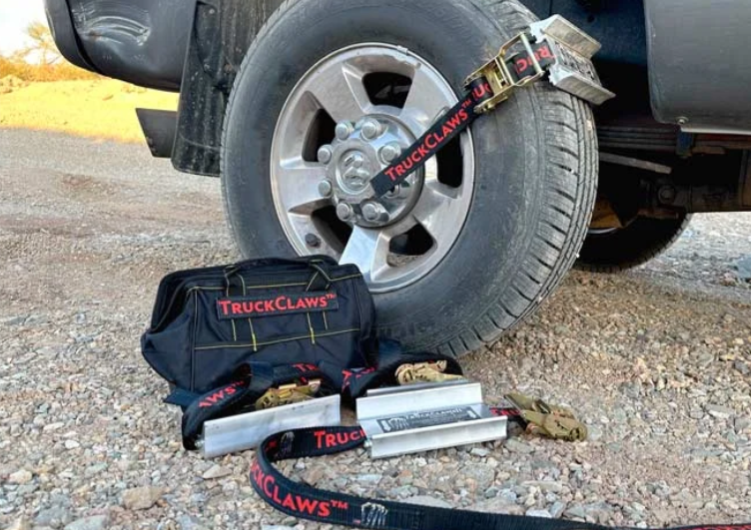(ThyBlackMan.com) There has been an establishment of manual handling regulations which has been improved on over the years. Despite its awareness and importance, a lot of workplaces are far behind in implementing the right manual handling measures. Without the implementation of the right health and safety techniques amongst workers and employees, there is a high tendency for work-related injuries to occur, which can be detrimental to the health of the affected persons and the business.
What Is The Definition Of Manual Handling?
Manual handling is the use of hand or bodily force to support and transport load from one point to another. Bodily applications which include carrying, lifting, pulling, pushing, placing down, moving and maneuvering can be applied to an item.
It is important to know that companies or workers that violate manual handling regulations can be prosecuted and heavily fined when caught. In several workplaces, manual handling happens to be one of the important health and safety concerns. In these organizations, you will come across manual handling and safety rules that have been set, as their primary activities include manual handling of objects.
For loads that are difficult to transport manually, a mechanical device can be implemented. Nevertheless, this device must meet the standard safety regulation to be deemed fit for use.
Manual Handling Legislation?
Manual handling is regulated by the legislation known as the Manual Handling Operations Regulations. Being introduced in 1992, the MHOR is part of the EC Directives series that were adopted into the UK legislation. This legislation was later updated in 2002.
How does this legislation regulate manual handling?
- Based on MHOR, a worker must not engage in hazardous manual handling as much as possible.
- For manual handling tasks that can not be avoided, it is important to evaluate the risk of potential injury.
- As far as is practicable, minimize the risk of injury likely to be sustained from manual handling.
As an employer, it is important to always conduct a proper risk assessment at your workplace and minimize any risk that is associated with manual handling. This means that your work environment must be safe and all the necessary accessories and tools needed in aiding manual handling are up to standard and made available.
Just as much as you conduct this assessment, it is necessary for your employees to participate likewise. They need to be trained on how to implement proper manual handling techniques in situations where they need to carry out their tasks.
Failure to adhere to the requirements provided by the regulatory authorities can lead to the offender being subject to several disciplinary actions, depending on the nature of the offence committed. For minor offences, an informal warning and advice may be given. More serious cases such as the lack of manual handling risk assessment, enforcement actions can be meted. A health and safety inspector may issue an improvement notice if it is found that there has been a material breach in terms of health and safety. Whereby there has been a breach that resulted in an employee sustaining serious injuries, then a prohibition notice will be issued to halt all activities until the issue has been settled.
In such cases, the offending party can be prosecuted and a substantial fine levied on the individual or corporation. In most serious situations, there can be a custodial sentence.
Basic Principles Of Manual Handling?
Carrying out manual handling comes with various potential hazards that can occur. The source of these hazards can stem from the activity, load, individual, or the environment. Hence, it is necessary to observe certain manual handling principles to avoid health hazards.
- Before you lift a load, you need to analyse the lifting process. Find out if such load will require additional lifting aid, especially for heavy loads or loads with irregular body structures. There would also be the need to conduct a manual handling risk assessment to determine the risks involved in lifting such a load manually.
- As much as possible, the distance from the lift to the ground should be reduced as possible. Doing so will give you more control over the load.
- Create a route through which you intend to move the load. Ensure that there is no obstacle on the way. Also, the ground needs to be safe from substances that may cause slippages. For example, avoid moving loads on grounds that contain banana peels, water, and other slippery substances such as diesel. Wear boots with soles that have a firm grip on the ground.
- Your clothing should be free from materials that may hinder movement or obstruct the item you plan to lift.
- It is important that you have a firm grip on the load. For broad or heavy items, avoid moving them with one hand as they can tilt and fall. Lifting, pulling or pushing an item must be done with both hands. This provides both you and the load the balance needed to move from one point to another.
- The second party handling the item must have sufficient training on manual handling and must adhere to the safety rules listed in this section. That way, the other individual does not put you in a disadvantageous position.
- If you are handling the load on your own, you should know what your limits are. Do not try to lift, push or pull a load that is way beyond your limit, as this can end up giving you injuries. It is not bad to request for help when necessary. It eases your work and keeps you safe.
Although the maximum weight limit an individual engaged in manual handling is not outlined by Manual Handling Operations Regulations, there are certain guidelines based on the reasonable weight limits an individual must be able to lift at maximum.
- An individual finds it easy to lift the load with both hands.
- A stable position can be adopted by the individual lifting the item.
- There is a conducive and safe working environment provided to execute such tasks.
It is easier to complete a manual handling task when two individuals are involved. Whereby the item is beyond the capacity of a worker, a piece of lifting equipment or mechanical aid can be used. If you would like to learn more about how you can implement manual handling safely and improve your working environment, please visit this link: manual handling training.
Staff Writer; Brad Shaw
















Leave a Reply